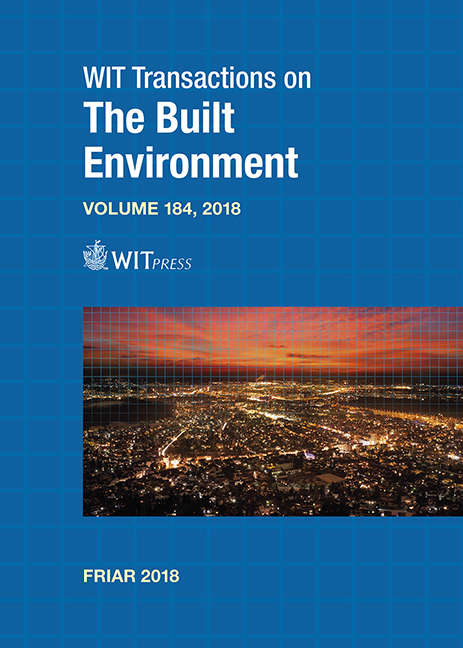DISCUSSING THE PROPRIETIES OF THE CONVENTIONAL ASSESSMENT OF FLOOD CONTROL INVESTMENT FOCUSED ON THE UNDEVELOPED AREA
Price
Free (open access)
Transaction
Volume
184
Pages
14
Page Range
153 - 166
Published
2018
Size
579 kb
Paper DOI
10.2495/FRIAR180151
Copyright
WIT Press
Author(s)
YUKI MARUYAMA, TAKASHI NAKAMURA, BOUYA O. AHMED, CHERIF O. AHMED, KIYOKAZU UJIIE, MITSUTERU IRIE
Abstract
Large rivers running through arid regions but originating in tropical rain forests are considered as precious water resources along their riverbanks. However, upstream inundation due to flooding during the rainy season is a constraint for development. When flood control projects are proposed for such areas, technical hazards exist. To introduce a flood control project, Cost-Benefit Analysis (CBA) is used to evaluate the project’s effectiveness based on computational fluid dynamics (CFD) simulation that is widely adopted for decision-making. Numerous studies applying shallow water models have focused on small urbanized areas. These studies employed fine-gridded digital elevation model (DEM) in the CFD simulation for precise evaluation. In contrast, for simulating large riverbanks of undeveloped areas, coarse-gridded DEM must be used to reduce the computational time. However, this does not consider the micromorphology. Resultantly, reproducibility of the simulation is degraded. The bank of the Senegal River was selected as our study site. Conventional CFD simulation was carried out. A coarse-gridded DEM was applied to reduce the computational time, but did not show enough reproducibility. We tried to employ General Purpose Computing on Graphics Processing Unit (GPGPU), a parallel computing method, with a fine-gridded DEM. It improved the reproducibility. In addition, the preferred conventional CBA method of the Japan International Cooperative Agency was applied to the study site. Conventional CBA was developed to assess the flood control investments mostly in urbanized areas. When applying it to undeveloped areas that have lower asset values than urbanized areas, as expected, the evaluated benefit was lower than the cost of the project. However, agricultural productivity contributes to improved food security and trade balance of the country. The flood control investment related with agricultural development should consider those externalities as benefits. This motivates us to develop an appraisal method in future research.
Keywords
flood control project, Cost-Benefit Analysis, computational fluid dynamics simulation, digital elevation model, Senegal River, GPGPU





